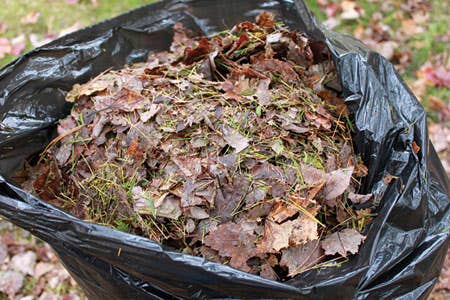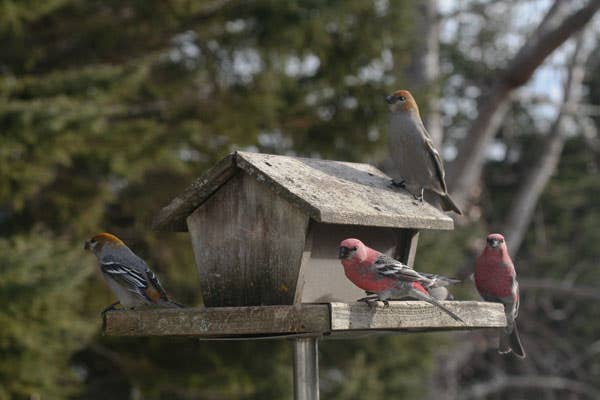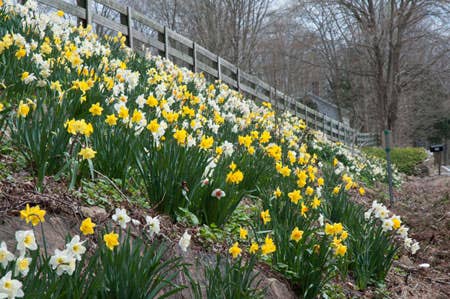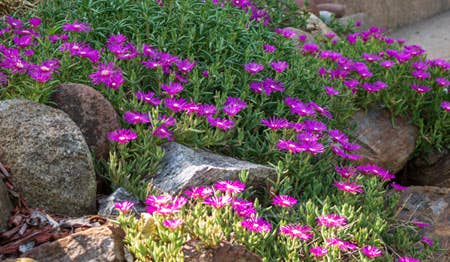Question: When and how should I prune clematis vines?
–Dubuque, IA
Answer: The key is determining whether your clematis flowers on last year’s wood, this year’s wood, or both. Experts divide the genus into three groups. Group I comprises all the early-spring-flowering clematis and mid-spring-flowering species. This group includes Clematis alpina, C. armandii, C. macropetala, and C. Montana. These clematis flower on last year’s wood and should be pruned after the flowers fade, but no later than July. The only pruning needed is done in order to remove weak or dead stems.
Group II consists of clematis that also flower on last year’s growth, but will produce a second flush of bloom on new growth. Here are included midseason, large-flowered cultivars such as ‘Bees’ Juliblee’, ‘Henryi’, ‘Nelly Moser’, and ‘Vyvyan Pennell’. Remove all dead and weak stems in late winter or early spring, and cut the remaining stems back to a pair of strong buds that will produce the first blooms. Occasional pinching after they flower will stimulate branching.
Group III consists of late-flowering cultivars and species that flower on this season’s growth, such as C. flammula, C. integrifolia, C. ‘Jackmanii’, C. viticella, C. tangutica, C. texensis, and the herbaceous species. These can also be pruned in late winter or early spring. For the first two or three years they may be cut back to a foot from the ground. Later, cut them back to two feet. If not cut regularly, this group can become very leggy and overgrown.
The boundaries between these three groups are not absolute. Certain Group II clematis can be treated as Group III to produce later blooms on the current year’s wood. Nevertheless, these classifications serve as a rough guide to safely keeping your clematis vines within bounds.







